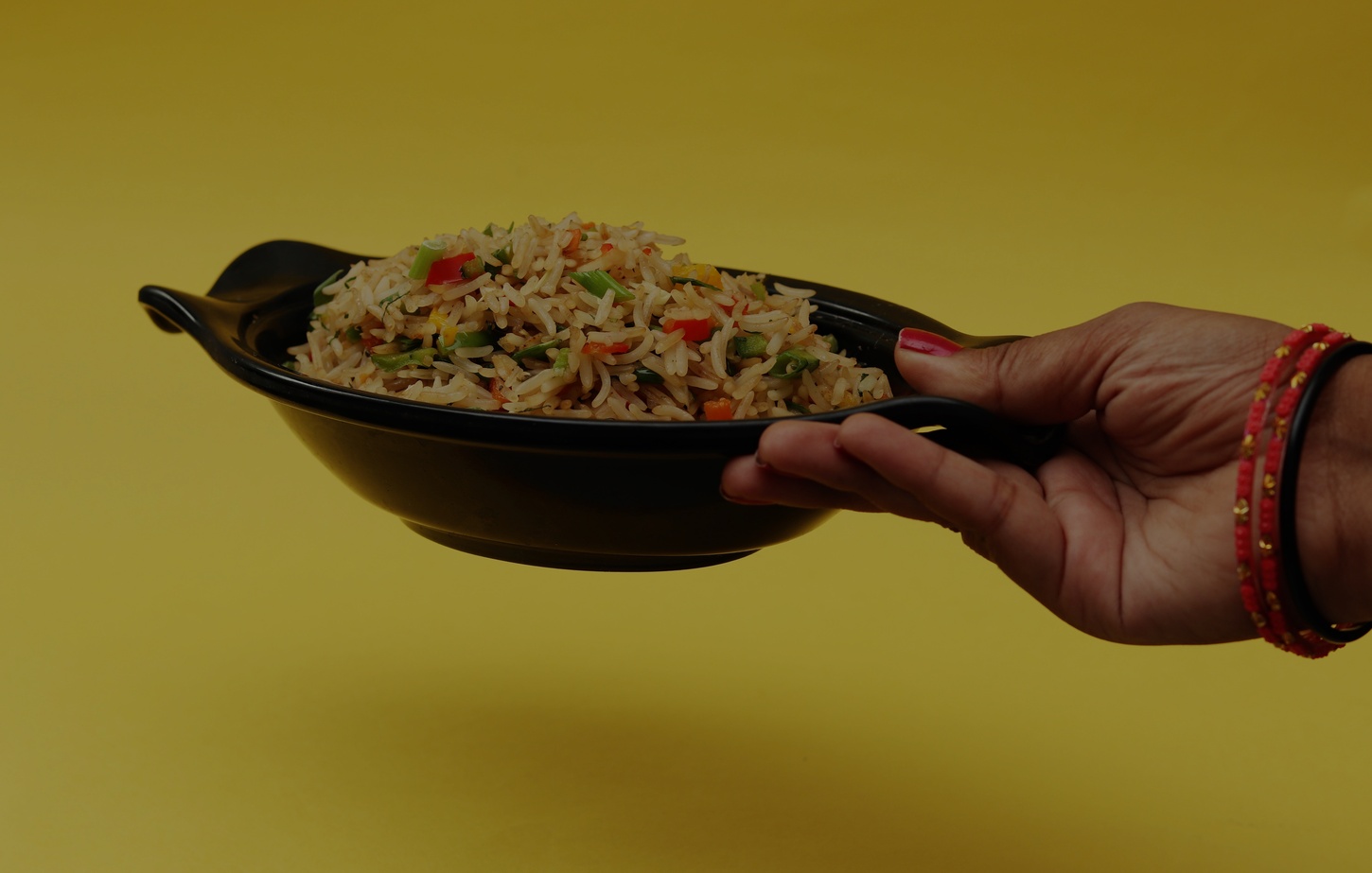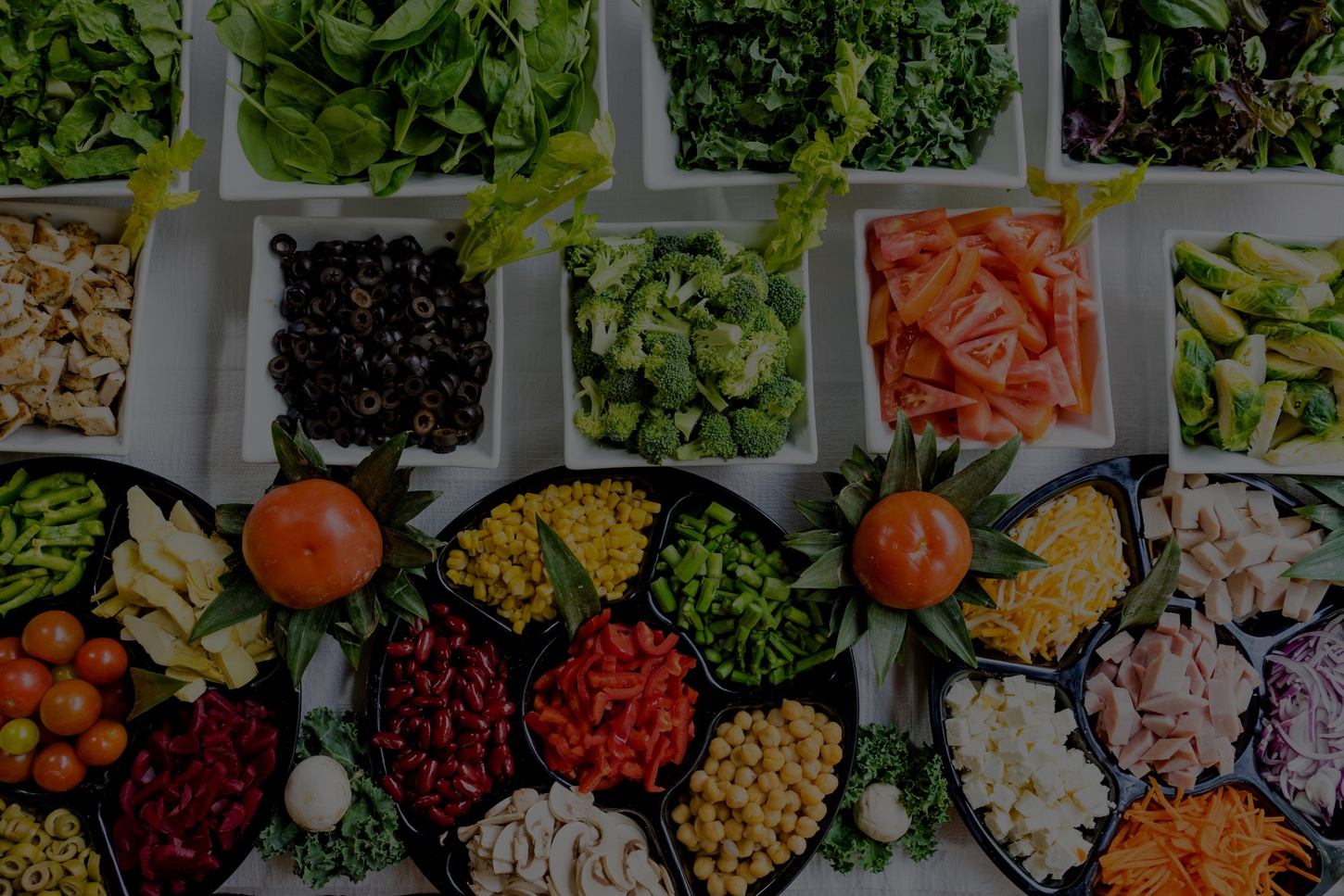Leaving home for university is exciting but it’s bound to feel daunting, too. You’re not just learning how to balance coursework with a lively social life; it’s also time to learn how to food shop and fend for yourself in the kitchen. Whether you’re an absolute beginner or already a whizz in the kitchen, our tips and recipes will help you make easy and delicious student meals without blowing your budget.
Moving beyond your favourite dishes, mastering a few key recipes can set you up with a brilliant springboard for hundreds of meals while you’re away. The more you cook them, the more confident you’ll become at adding your own flavours and twists.
Read on to discover our tips and tricks to help you become comfortable in your university kitchen.

Meal planning
Student life can be pretty hectic, but if you can get into the habit of planning your weekly meals, you’ll not only save money on your food shop – you’ll also save yourself time during the week. Look at what you’ve already got in the cupboards and fridge first to avoid overflowing packets of dried pasta that you’ve forgotten you have.
Having a meal plan gives you a basic foundation to build on – chicken in the fridge could become a curry, a stir-fry or a tasty tray bake with just a few extra ingredients, some of which you probably already have on hand.

Store cupboard essentials
Before you leave home, it’s easy to take the fully stocked cupboards for granted. Setting up your own kitchen, it’s a great idea to keep some essentials on hand so that you can rustle up a quick meal, or add flavour with a pinch of this or a spoonful of that.
Here are our recommended ingredients to get you started:
Cooking essentials: Olive oil (for cooking and dressings), plain flour (baking, batters and thickening), bicarbonate of soda (for baking and even cleaning), sugar, salt and pepper
Cheap carbs: Pasta, rice and couscous (for fast meals, sides and bulkier salads – allow roughly 75g per portion), oats (for porridge, muesli, homemade granola and flapjacks to power you through those all-nighters)
Tinned veg and pulses: Chopped tomatoes, sweetcorn, beans, lentils and chickpeas (these can be whizzed into homemade houmous as well)
Dried herbs and spices: Mixed herbs, dried chilli, cumin (for easy Middle Eastern flavour) and paprika (for a smoky hit)
Sauces and liquids: Stock cubes, soy sauce and Worcestershire sauce (for a splash of instant flavour), coconut milk (for Asian soups and curries), sweet chilli sauce (for spicy dipping and drizzling), gravy granules (when only a roast will do…)
Jars: Pesto (for an immediate pasta sauce), mustard (for a hit with meats and fish), curry paste (for curry in a hurry), peanut butter (for snacking and sandwiches)
Fresh staples: Onions, potatoes, garlic, ginger (all keep well at room temperature)
Protein: Tinned tuna (ready to be added to pasta, salads, sandwiches or jacket potatoes), eggs, nuts and seeds (to add crunch to breakfast, salads, stir-fries and bakes)

Safe storage
Make sure you know how to store it safely so you can enjoy meals and leftovers throughout the week. Even products fresh from the supermarket need to be stored correctly to maximise their lifespan, and to ensure you’re not throwing away items you’ve spent money on.
Top fridge-packing tips:
Store meat on the bottom shelf. It’s the coldest place in the fridge and packaged raw meat should live here. Yogurts should also live on the bottom shelf for the same reason.
Eggs should be kept in their egg box and are most at home on the middle shelf. If you have a handy middle drawer, store cooked meats here. Otherwise place them on the bottom shelf too.
Butter and cheese don’t need to be super cold, so are best on middle-top shelves. Condiments tend to be packed with natural preservatives so can live in the door or on the top shelf.
Fruit and vegetables are happiest in the fridge drawers, where the atmosphere is a little more humid.
Stock up on a few reusable food containers with airtight seals. Get a few different sizes so that you can store batch-cooked meals, pack up individual portions or keep small leftovers ready to use.

Share the cooking
Cooking for one can sometimes be pricey, so sharing the cooking with your hall- or house-mates can not only help your money go further, but it’s also a fun way to get to know people and try some new recipes, too. Try making a rota so you don’t end up cooking every day, or plan a group dinner once or twice a week where you share the cooking (and the washing up…) together.
This could be a speedy midweek meal, Friday night curry feast or weekend roast to get everyone together.
There are many ways to make cooking super easy and with our helpful tips and tricks it’s easy for you keep organised and cook up a storm any day of the week!
And if you’re stuck for ideas, check out some of our easy and healthy student recipes, or tune into our regular Instagram Live cooking classes to get new inspiration for making delicious student meals without blowing your budget.



